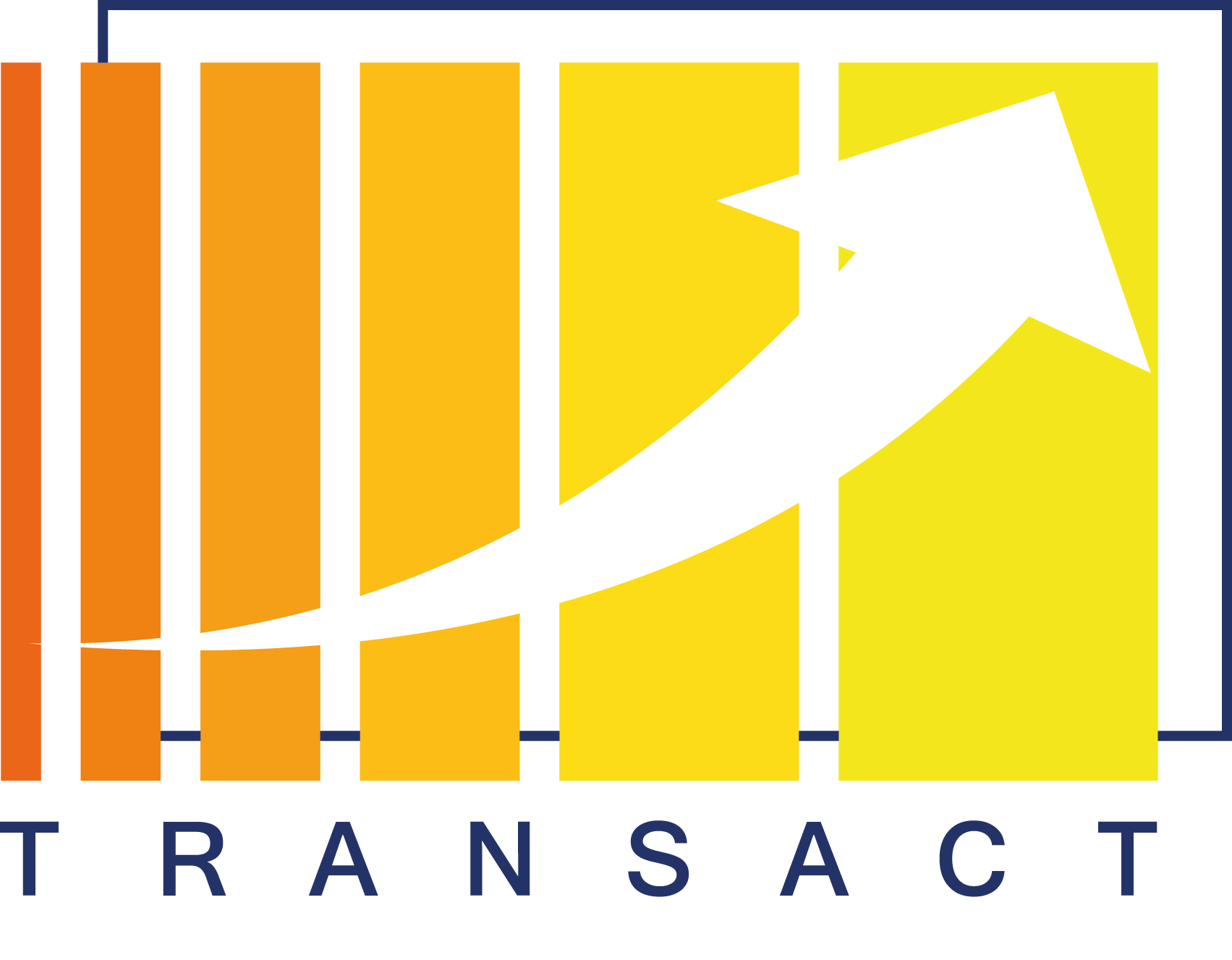In the era of digital transformation, artificial intelligence (AI) has proven to be a powerful tool for solving complex problems in various industries. One such area is wastewater treatment, where AI can significantly improve the efficiency and effectiveness of processes. This article explores how artificial intelligence is applied to wastewater treatment, focusing on the innovative project developed in the framework of TRANSACT, which predicts discharges at least one hour before they reach the inlet of a wastewater treatment plant. In addition, the concept of transfer learning, crucial for expanding this model to multiple WWTPs in the future, will be discussed.
Detection of spills and optimisation of the treatment process
One of the most promising use cases of AI in wastewater treatment is spill detection and prediction. Machine learning models can analyse large volumes of real-time and historical data to predict the arrival of effluents at the inlet of a WWTP well in advance. This predictive capability is crucial to prevent the deterioration of biological reactors in WWTPs. Biological reactors are fundamental to the treatment process, as they harbour micro-organisms that break down pollutants in the water. An unexpected and inadequately managed discharge can upset the biological and chemical balance of these reactors, reducing their efficiency and increasing operating costs.
It is precisely this use case that has been successfully developed in the Transact project. To achieve this early detection, Internet of Things (IoT) and Big Data technologies were integrated with AI. IoT sensors provide real-time data from multiple points in the water treatment network, while Big Data platforms store and process this data on a large scale. AI analyses this data to provide real-time insights and improve decision making.
In addition to early detection of spills, AI can optimise the wastewater treatment process. AI algorithms analyse WWTP operating data to identify patterns and optimise operational parameters such as chemical dosing, aeration and sludge management. This not only improves treatment efficiency, but also reduces operating costs and energy consumption.
AI can also improve water quality monitoring. AI sensors and systems can continuously analyse key parameters of treated water, such as pH, turbidity and pollutant concentration. Models can detect anomalies and alert operators in real time, ensuring that treated water meets quality standards before it is released into the environment or reused.
Recently, an innovative project has been spearheaded that applies AI to predict discharges at a WWTP. Using a combination of machine learning techniques and data analysis, a model has been developed that can predict the arrival of discharges at least one hour before they reach the WWTP inlet. This advance provides a crucial window of time for operators to take preventative measures, avoiding potential process failures, such as the deterioration of the plant’s biological reactors, and improving treatment efficiency.
Predictive maintenance
Predictive maintenance is another area where AI can have a significant impact. Machine learning models can monitor the condition of equipment in WWTPs and predict failures before they occur. This allows maintenance to be scheduled proactively, minimising downtime and extending equipment life.
In cases where it is not possible to implement a full predictive maintenance model, anomaly detection in machine data is an option. For example, centrifuges that separate sludge from water are critical in the treatment process. By training AI models to detect anomalies in parameters such as vibrations, speeds or temperatures, it is possible to identify potential problems before they become serious failures. This early detection allows operators to take corrective action quickly, ensuring continuity of operation and avoiding costly downtime.
Transfer learning: Expanding the impact of AI
Transfer learning is a technique in machine learning where a model trained in one task is reused in a different but related task. This technique is especially useful in wastewater treatment, as it allows models developed for a specific WWTP to be applied to other WWTPs, reducing the time and resources needed to train new models.
Transfer learning can accelerate the implementation of AI models at multiple WWTPs. For example, a model developed to predict discharges at one plant can be adapted and applied to other plants with similar conditions. This is achieved by fitting the original model with data specific to the new plants, allowing for faster and more efficient implementation.
Artificial intelligence has the potential to transform wastewater treatment, offering innovative solutions for spill detection, process optimisation, predictive maintenance and water quality monitoring. Early spill detection is crucial to protect biological reactors in WWTPs, ensuring that the microorganisms responsible for water treatment maintain their efficiency. The application of transfer learning can expand these benefits to more facilities, optimising resources and improving water management on a global scale. As we move forward, the development of more advanced models and improvements in sustainability and energy efficiency will open up new possibilities for improving the efficiency and sustainability of WWTPs.




No responses yet